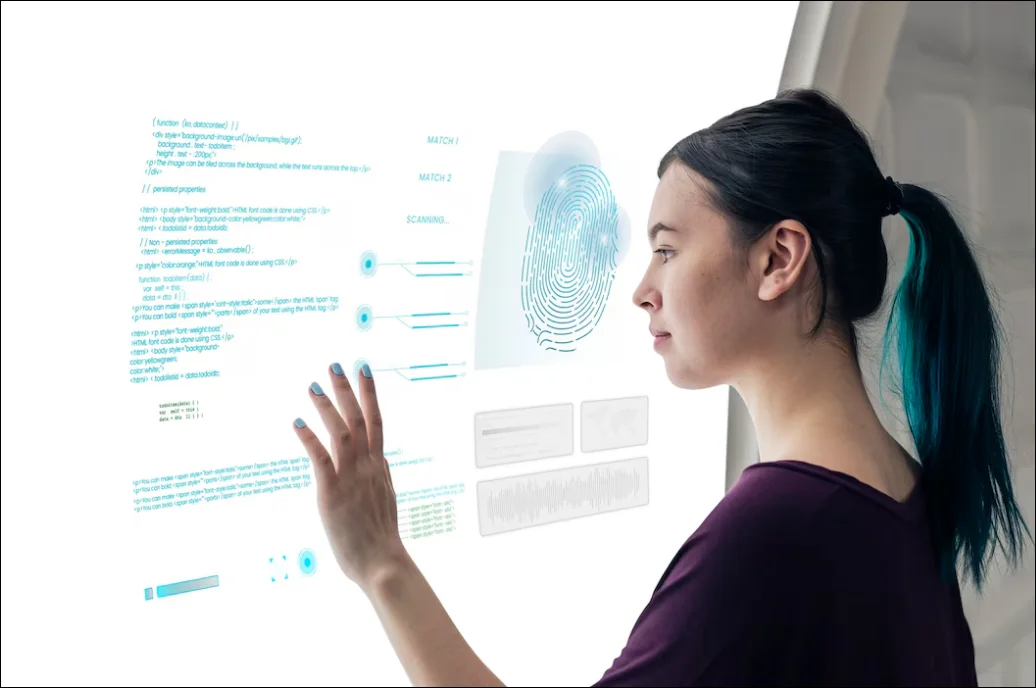Artificial intelligence (AI) is no less than a technological milestone in recent history. In the last couple of decades, people have experienced its evolution from theoretical frameworks to integration across domains.
AI has accomplished remarkable progression lately by attaining multimodal abilities that enable operation through various types of inputs. With this new upgrade, AI can address human queries in standard ways such as text, audio, and vision.
This blog shall highlight what multimodal AI is and discuss its benefits, challenges, and key concepts.
What is Multimodal AI?
Multimodal AI is the latest addition to the AI spectrum that can operate through various data types such as text, audio, and images. It includes several complex deep learning, large language models, and other components that allow operations across different modalities.
Sources reflect that the global multimodal artificial intelligence market recorded a valuation of $1.3 billion in 2022, which is about to surpass $4.5 billion by 2028. The framework of such technology depends on the attention mechanism and encoder-decoder architecture, which lets it comprehend what humans are saying and generate responses accordingly.
Additionally, data fusion tactics support multi-input AI to process multiple types of data while understanding human queries completely. This further assists in predicting relevant and accurate solutions.
Google’s Gemini and Open AI’s GPT 4o are examples of AI with multimodal abilities. The core objective of these technologies is to enhance human-machine communication.
Key Concepts of Multimodal AI:
Deep learning:
Deep learning (DL) plays a significant role in artificial intelligence, based on which machines and computers perform complex tasks. DL enables artificial neural language to support generative AI while processing large amounts of data to detect patterns and predict accurate responses. Deep learning offers the understanding power of multimodal AI across different data dimensions.
Natural language processing:
NLP bridges the gap between human languages and AI’s understanding abilities. It helps assess and find the meaning of human input alongside generating appropriate responses. In simple words, NLP makes human-machine interaction seamless, which is a chief goal of multi-input AI.
Text and Audio processing:
Text assessment elements help in evaluating text inputs. On the other hand, audio processing lets machines analyze voice inputs and share responses in audio. By using these components, AI gets functioning capabilities across text and voice inputs.
Computer vision:
This component enables image and vision analysis tactics in AI. Machines can process vision-based inputs and outputs with it. In a way, computer vision allows AI to see, assess, and offer responses to vision-centric inputs.
Benefits of Multi-input AI:
Operation across dimensions: Multi-input AI has been designed to address text, audio, and vision-based human queries. Such abilities allow AI users and developers a broader exposure to solve their problems with the support of machines.
Human-machine communication: Multimodality empowers AI with the competency to understand human intent and offer solutions to their questions accordingly. In a way, it refines human-machine interaction.
Fast response and accuracy: Multimodal AI is determined to process data fast and provide quicker responses. Apart from that, it intends to offer accurate and relevant results to enhance user experience.
Challenges of Multimodal AI:
Language and translation: Though developers are integrating multi-language processing abilities in AI, they are still in the developing phase. Therefore, while people with various language identities will use it, language and translation can be major barriers.
Learning barriers: No matter how advanced AI or other technologies are, they can never go beyond human emotions. Humans can express multiple emotions with a single word, which is difficult for machines to comprehend. Therefore, continuous learning can also be insufficient for multimodal AI.
Wrapping Up!
Multimodal AI is set to revolutionize the way people have been using AI lately. Users will now be able to ask their queries using text, audio, and vision-based prompts. As a response, AI can also offer outputs across modalities. Nevertheless, developers are continuously contributing to the progression of this technology, which might unravel new spheres of artificial intelligence. Read our latest blogs to gather insights on the latest technologies and advancements.
Read More:
Future Trends in Deepfake Technology: What to Expect
Artificial Intelligence as Anti-Corruption Tech: Advantages & Challenges








